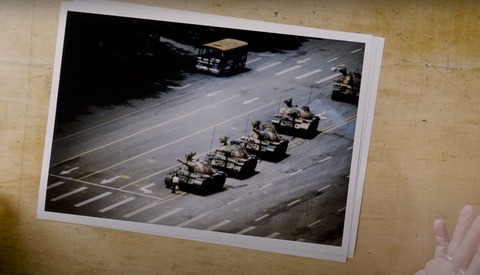Does EXIF Data Prove Trump Is Lying to America?
I'm not one to write political articles, and I promise you this one isn't meant to be pro-Trump or anti-Trump. However, as photographers, we've been told that a photo is worth a thousand words. What if the words these photos replace tell a very different story?






































